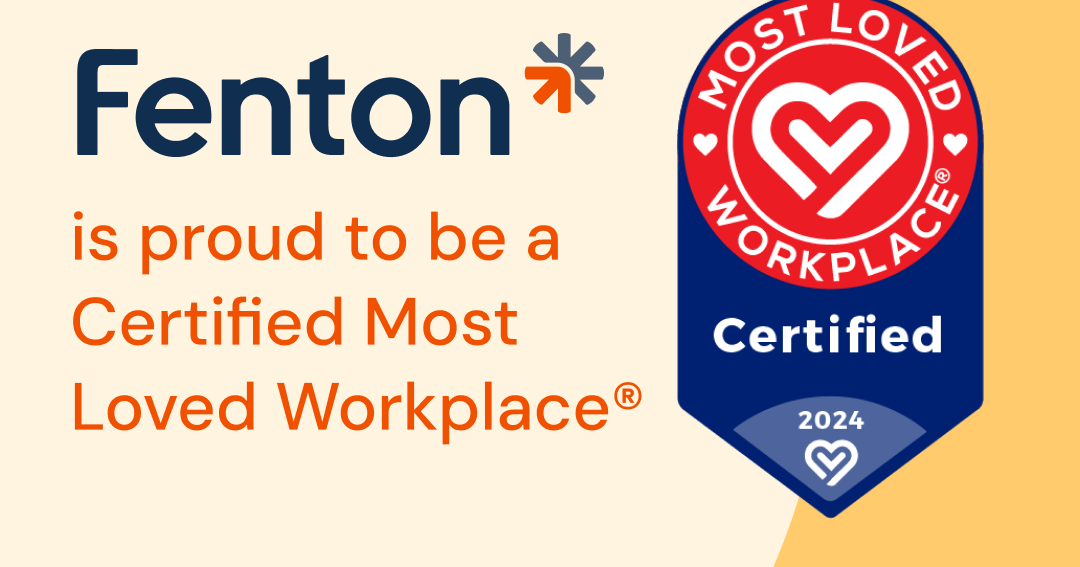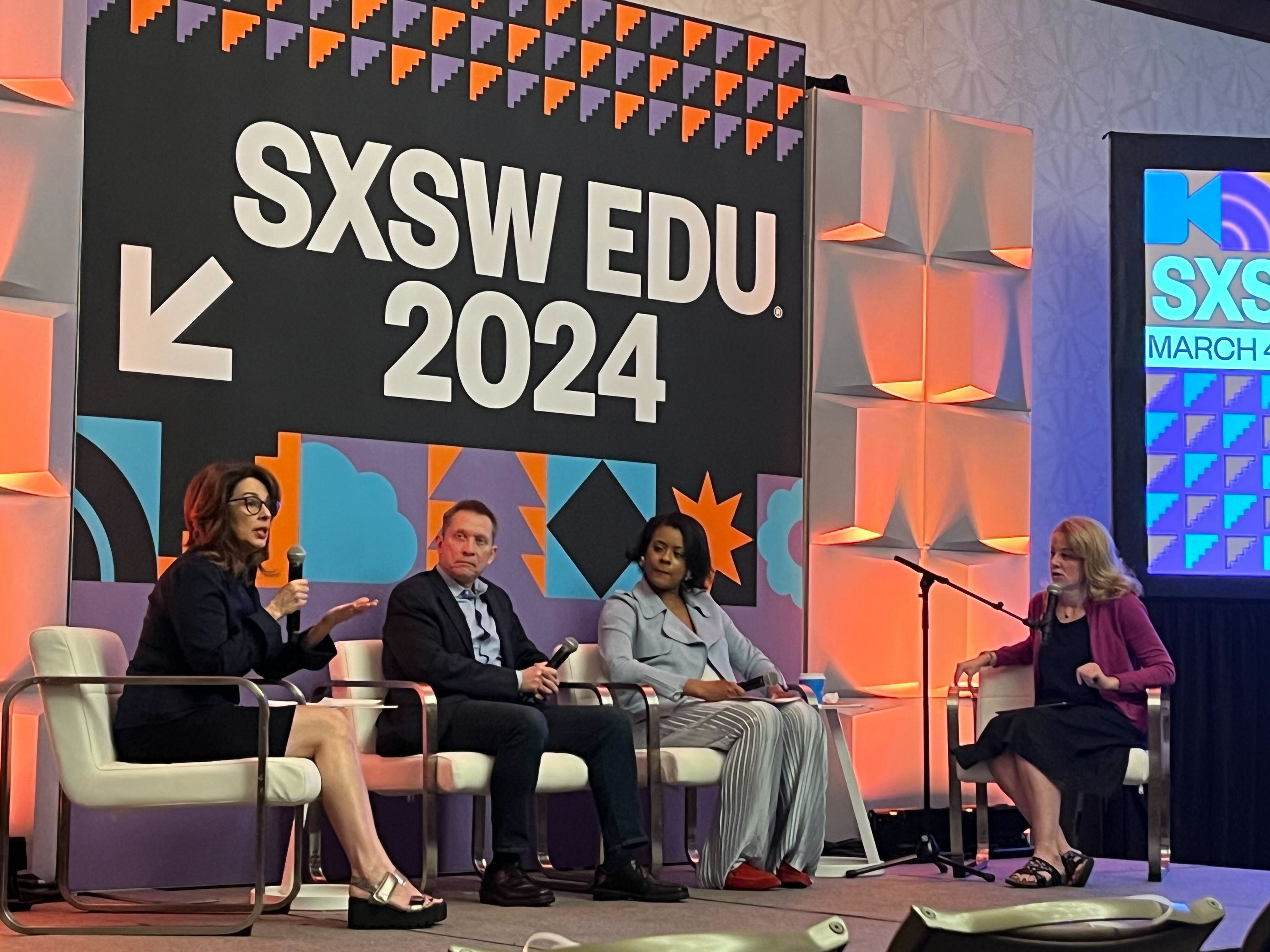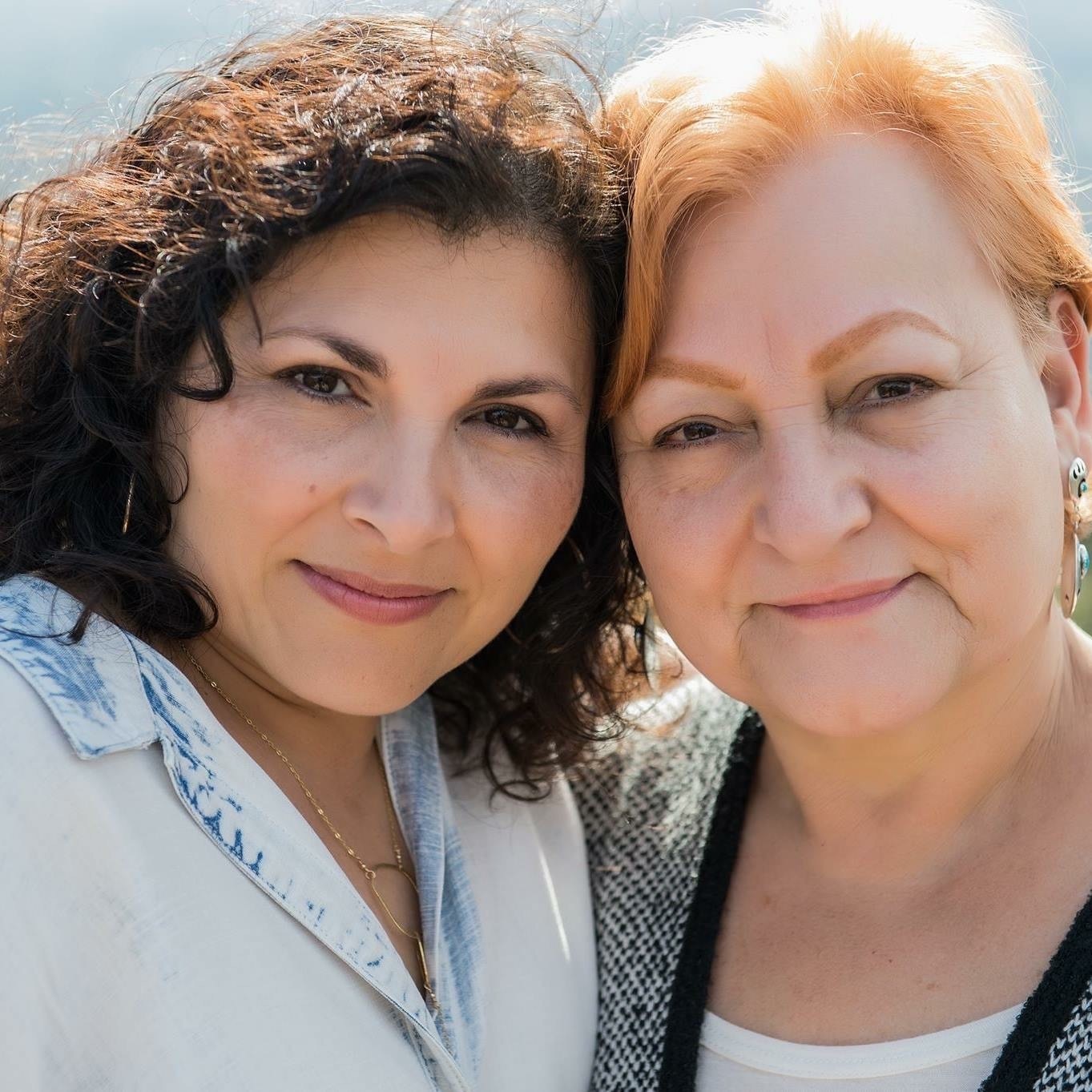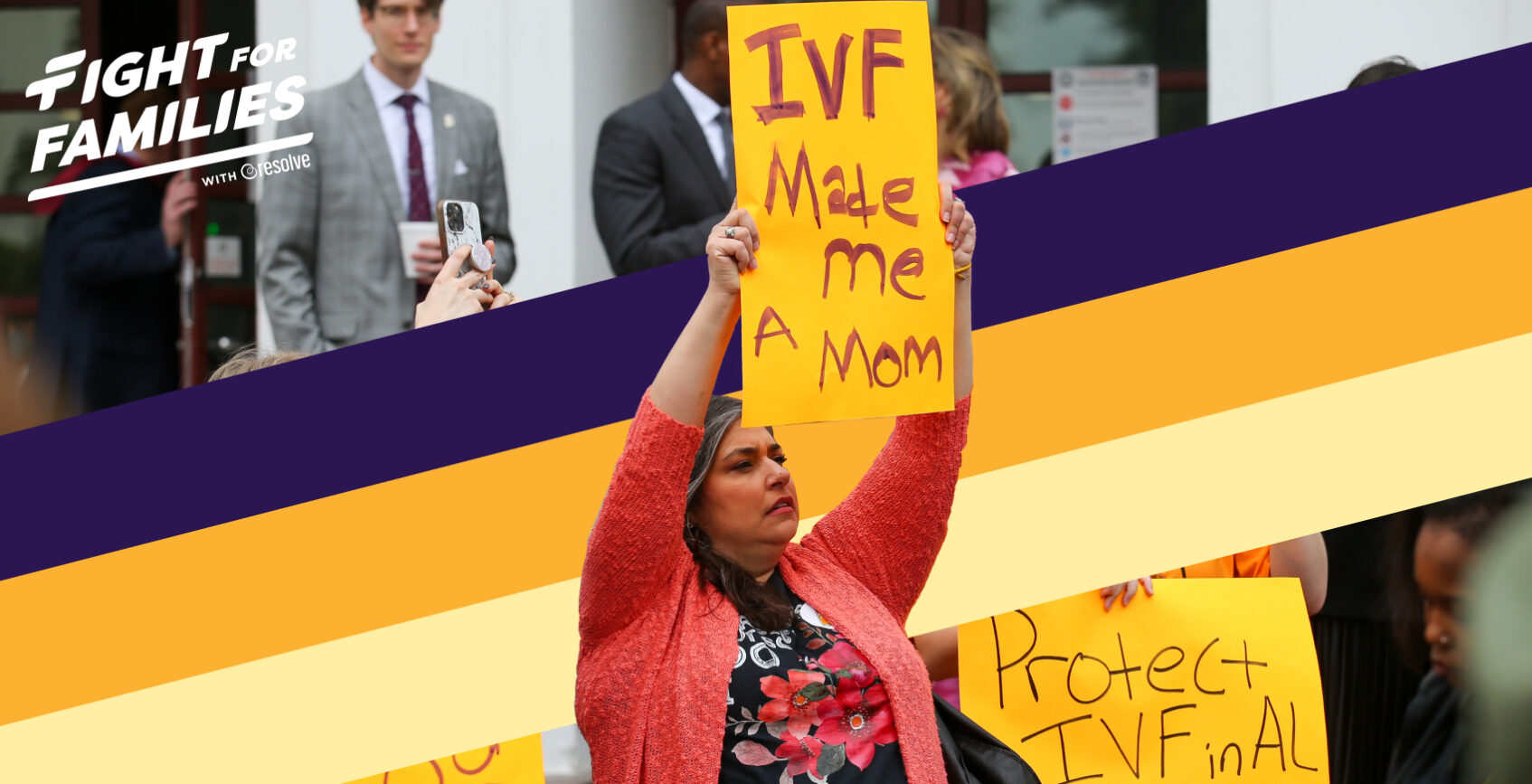After a hard-fought campaign, progressives all over the U.S. are asking the same questions: “What happened, and where do we go from here?” Harris received approximately 9 million fewer votes than Biden in 2020, while Trump gained around 1 million. Even though we don’t yet have a full picture of the 2024 electorate, it’s clear that Trump saw increased turnout in all battleground states and improved his share in several key groups. On November 7, Fenton joined with national public opinion and political strategy research firm Lake Research Partners to host a webinar discussing what happened in the 2024 U.S. elections, the critical takeaways for progressive organizations, and how they can engage voters in future elections successfully.
What Happened?
This was a change election, and Trump was the change candidate. Just as in 2016, Trump successfully positioned himself as the candidate who could bring that change. He won voters who cared most about change by a 3 to 1 margin. Even voters who said they hated both candidates were 50% more likely to cast their ballot for Trump. With only a hundred days to define herself as a candidate, Harris was unable to separate herself from the current administration fully, and she couldn’t convince voters that her vision was different from the status quo.
“Seventy percent of the people thought the country was going in the wrong direction, and 67% thought the economy was bad,” said Celinda Lake, President of Lake Partners. “Of the people that voted most for change, Trump won them 74 to 24. There was just no comparison.“
Trump gained ground with men, white women, and voters who did not have a college education. Trump won a majority of white voters, with clear Republican majorities among non-college-educated white voters and a more even split among those with a college education. Among voters of color, Harris overwhelmingly won Black women and Latina voters but lost some ground compared to the previous election. Black men still supported Harris by a large majority, but a larger share went for Trump than in 2020.
One of the dominant narratives in the wake of the election was based on the contention that Trump beat Harris among Latino men, a supposition that’s not fully supported by the data. But there was still a clear shift among those voters toward the Republican candidate. “Edison’s exit polling had Trump winning Latino men by 12 points, while Newark polls had Harris winning them by three points,” Voss said. “But both have Trump doing better with that group across his three elections.”
Voters supported progressive issues, even when they didn’t support progressive candidates. Despite the losses by Democratic candidates, progressives saw some big wins when it came to state and local ballot initiatives. Seven out of 10 initiatives focused on expanding abortion access passed. Paid leave passed everywhere it was on the ballot. The minimum wage was increased in two states, with votes on California’s measure still being counted. “When the people had a chance,” Lake said, “they generally voted for progressive change.”
What Lessons Can We Learn?
Legacy media is no longer the answer. The Democrats largely stuck with their 2016 playbook, and it’s clear that approach no longer works. Podcasts reach, and their listeners tend to connect to them more deeply than they do with traditional media outlets. The Trump campaign zeroed in on podcasts, which reach more audiences, particularly young, disaffected men. The result was major exposure, with Trump’s interview on Joe Rogan’s podcast racking up nearly 40 million viewers in just three days. Outreach via legacy media celebrities, such as Oprah, Taylor Swift, and Bruce Springsteen, also failed to move the needle enough. Social media personalities, podcasters, Twitch streamers and other digital influencers carry greater trust, reach, and deliver more bank for the buck than traditional media stars, particularly with Gen Z audiences. “Podcasts have high levels of audience engagement and loyalty,” said Fenton Executive Vice President Daria Hall. “A recent Pew study said that about a third of podcast listeners have tried a lifestyle change because of a podcast they listen to.”
Progressives need to reevaluate their Latino outreach. Latino voters can play a decisive role in future elections. However, to succeed, progressive campaigns need to listen to Latino communities, understand their diversity, and engage in ongoing outreach. Many Latinos have stated that they are tired of only being reached out to during election years, and even then, their concerns are often ignored. Surveys showed that Latinos ranked economic issues, such as inflation and housing costs as their top concern in 2024, yet the Democrats’ leading message was about immigration. There are also considerable differences of opinion, values and priorities between Latinos of different ages, family backgrounds, educational backgrounds, economic statuses, etc. “Ethnicity is just the tip of the iceberg,” said Fenton President & CEO Valarie De La Garza. “Levels of acculturation, geography, lifestyle, media consumption, habits and other factors all have to be considered.”
Messages need to meet people where they are. Voters cast their ballots based on what they perceive about their reality. Trying to convince people that the economy was doing well where they were didn’t work. As a result, progressives lost support from people who benefitted the most from a Harris administration. The fact that people supported progressive policies but not progressive candidates suggests that they may not feel included in a progressive coalition and that the campaign messaging didn’t connect with their concerns, experiences or values, even when they agreed with the overall positions. “The only way that we can prevent this from happening again is to approach these conversations with radical empathy,” De La Garza said. “We need to listen and really understand where people are coming from.”
What Steps Can We Take?
- Revisit key your audiences. How well do you know the concerns, needs and wants of your core audiences? Are you collecting data regularly? Have you done a listening tour?
- Review and refresh your organizational messages. Make sure your messages are clear, thoughtful and resonate with your audiences. Consider message testing to gauge their effectiveness.
- Expand your media lists. Include outlets like podcasts and non-traditional progressive, moderate and conservative media.
- Explore new types of messengers. Embrace social media and other digital influencers. Look for other “real-life” voices you can engage, such as health care workers and teachers.
- Build out your own long-form storytelling capacity. Podcast audiences take time and investment to develop, but they can lead to high levels of engagement and loyalty.
- Invest in advertising. Paid advertising can yield huge dividends, but you can’t wait until the next election to build out this capacity. Consider investing in ongoing digital advertising and influencer marketing campaigns.
- Be media ready. Make sure your spokespeople are media trained and know how to put your organization’s messages, talking points and tough questions to use.
- Update your crisis plan. Don’t wait until you have a crisis to plan for one. Work out different scenarios beforehand so you’re ready when the moment comes.
- Think through your coalition. With conservatives in control of all of the arms of government, progressive organizations will need to work together to protect our rights and our communities. Who is missing from your table? How can you build stronger alliances?

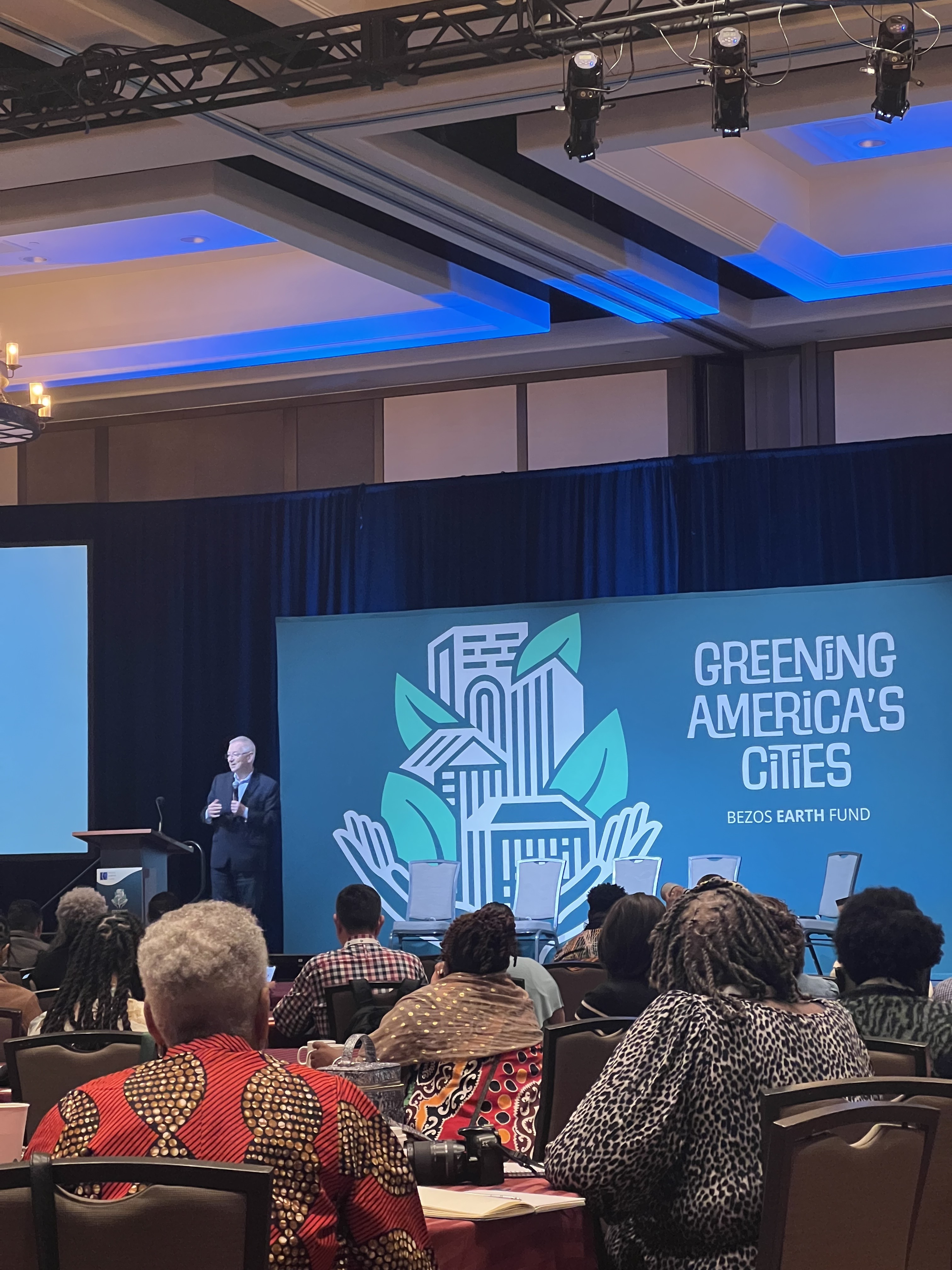
 The aroma of red Sandia chile peppers slapped me across the face as I filed into the greenhouse. Looking around, many of the same hands I’d seen swatting at bugs above the muddy Acequias earlier today were now covering noses, attempting to tolerate the sweltering heat while marveling at the expanse of tables layered with drying peppers. Gratitude swept over me for the love of spice, the opportunity to learn about the Urban Greening and environmental justice movements and plant the seed of storytelling.
The aroma of red Sandia chile peppers slapped me across the face as I filed into the greenhouse. Looking around, many of the same hands I’d seen swatting at bugs above the muddy Acequias earlier today were now covering noses, attempting to tolerate the sweltering heat while marveling at the expanse of tables layered with drying peppers. Gratitude swept over me for the love of spice, the opportunity to learn about the Urban Greening and environmental justice movements and plant the seed of storytelling.  Understanding the Urban Greening Movement
Understanding the Urban Greening Movement  Compelling stories lead with emotion, use an authentic tone that will resonate with audiences and follow a simple structure. They must include arresting visual images or videos and fit the unique needs of each platform.
Compelling stories lead with emotion, use an authentic tone that will resonate with audiences and follow a simple structure. They must include arresting visual images or videos and fit the unique needs of each platform. 

